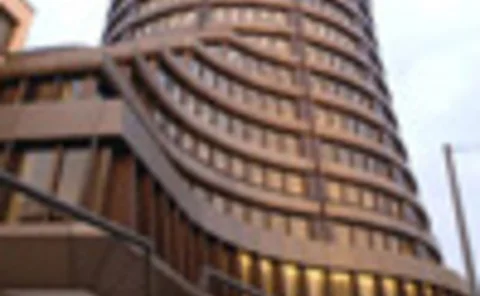Tier 1 capital
Basel III 'sub-optimal' says EU think tank
Ceps says regulators went soft as a result of industry pressure
Basel III: Banks fret about return on equity
Investors could shun bank equity if higher capital levels cause returns to slip
New projections on economic impact of Basel III at odds with IIF estimate
Analysis by the Macroeconomic Assessment Group shows a smaller impact from higher capital ratios than an earlier industry report.
StanChart sees no need for Basel III capital
Standard Chartered (StanChart) believes it is already well capitalised and has no plans to react to Basel III proposals by building up more capital.
Regulators to present living wills proposals to G-20
Banks asked to draw up blueprints for resolution as part of a pilot scheme
A focus on gone-concern contingent capital
Regulators have found it easier to reach consensus on a standard for contingent capital that converts at the point of a bank’s insolvency, but continue to struggle with the definitions for going-concern conversion. How will supervisors proceed? Joel…
M&G slams Cebs stress tests
Fund manager criticises sovereign risk assumptions and raises Basel III fears
Basel III: kill or be killed
The Basel Committee is trying to prevent a repeat of the financial crisis with a package of new rules, but banks argue the cure could be worse than the disease. After spending the past two months filling out spreadsheets on the impact of the proposals,…
Doubts raised over viability of Lloyds CoCo bonds trigger
Bankers and regulators are looking at possible standards for contingent capital, but are struggling with the definition of an appropriate trigger.
Contingency plans
Following recent issues of contingent capital by Lloyds Banking Group and Rabobank, other firms are eyeing similar issuance as a means of meeting higher capital requirements in a cost-effective way. But the Basel Committee, which is due to discuss the…
It will end in tiers
Regulators are intent on bolstering capital at financial institutions, with most citing common equity as the key component needed to absorb losses in financial downturns. What implications does this have for mutually owned institutions, and what can they…
Confidence crunch
Many financial institutions calibrate their required level of economic capital by considering the probability of default associated with a target debt rating. However, as the financial crisis has shown, confidence in a bank can erode before its Tier I…
Capital changes
Financial supervisors have reaffirmed the importance of common equity and disclosed reserves in Tier I capital. But the direction of discussions on hybrids in Tier I and the relative importance of Tier II is causing concerns in Asia. Harry Thompson…
Firefighting to fire prevention
Risk Japan 2009
Apra denies 8% Tier 1 capital claims
Daily news headlines
Wellink: Banking should be 'shock absorber' for financial system
Daily news headlines
















